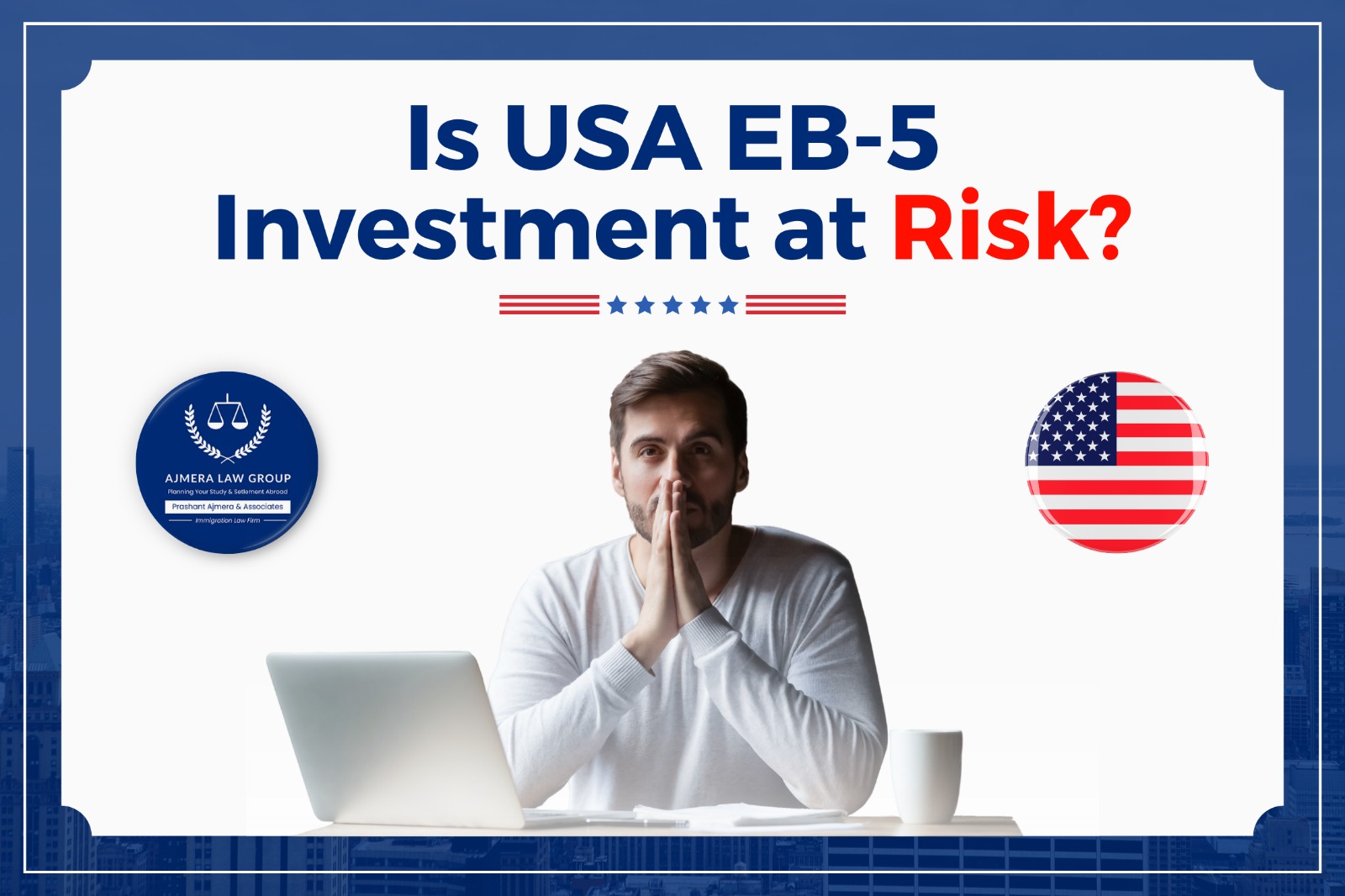Online Filing Systems: Overview of RBI’s Foreign Investment Reporting and Management System (FIRMS) – #9
With globalization driving Indian businesses to expand abroad, one of the most crucial enablers of smooth international operations is regulatory compliance. The Reserve Bank of India (RBI) has introduced the Foreign Investment Reporting and Management System (FIRMS) to streamline and digitize the reporting of cross-border investments under the Foreign Exchange Management Act (FEMA).
This module provides an in-depth overview of FIRMS, its key components, and its importance for Indian businesses seeking seamless global expansion.
1. Introduction to FIRMS
What is FIRMS?
FIRMS is an integrated online portal by the RBI, designed to simplify the process of reporting foreign investment transactions. It is used by Indian companies, startups, and individuals involved in Foreign Direct Investment (FDI) or Overseas Direct Investment (ODI).
Purpose of FIRMS:
- Ensure compliance with FEMA and RBI regulations.
- Provide a centralized system for reporting inflows and outflows of foreign investments.
Why Businesses Need FIRMS:
- Mandatory for Indian companies setting up subsidiaries, branch offices, or joint ventures abroad.
- Standardizes investment reporting and reduces regulatory risks.
- Promotes transparency in cross-border financial dealings.
2. Key Modules within FIRMS
- Single Master Form (SMF):
Consolidates reporting of multiple transactions, including FDI, ODI, and External Commercial Borrowings (ECBs). - Entity User Registration:
Businesses must register on the FIRMS portal before filing investment-related forms. - Foreign Currency Transfer (FC-TRS):
For reporting the transfer of shares or convertible securities between residents and non-residents. - Forms for Overseas Expansion:
- Form ODI (Overseas Direct Investment): Reporting investments in branches, subsidiaries, or JVs abroad.
- Form APR (Annual Performance Report): Annual filing on the operational and financial performance of overseas entities.
- Form FLA (Foreign Liabilities and Assets): Annual return to report foreign assets and liabilities for RBI records.
3. FIRMS Registration and Filing Process
a) Entity Registration
- Log in to the FIRMS portal and create an entity account.
- Submit required KYC documents, such as Certificate of Incorporation, PAN, and signatory details.
- Obtain login credentials for forms like ODI and FLA.
b) Filing Form ODI
- Include details like nature of investment (branch, subsidiary, JV), source of funds, jurisdiction of the foreign entity, and investment amount.
- Must be filed before making any financial commitment abroad.
c) Post-Investment Compliance
- Submit APR annually to update financial results of overseas operations.
- File changes or updates in structure through the ODI form.
- Ensure FLA filing for RBI’s statistical database.
4. Practical Aspects for Indian Businesses
Benefits of FIRMS:
- Real-time tracking of investment reports.
- Eliminates duplication and manual paperwork.
- Faster approvals and integrated FEMA compliance.
Challenges and Solutions:
- Challenge: Complex filing and occasional portal-related issues.
- Solution: Work with compliance professionals (lawyers, CAs) and prepare documentation in advance.
Importance of Timely Filing:
- Delays or non-compliance can attract heavy FEMA penalties.
- Stay updated with RBI circulars to avoid lapses.
5. Country-Specific Considerations
- United States (US): ODI reporting supports compliance with tax treaty obligations.
- United Kingdom (UK): FIRMS filings must be completed alongside Companies House obligations.
- United Arab Emirates (UAE): Ensures FEMA compliance for businesses setting up UAE branches or subsidiaries.
Conclusion
The FIRMS portal is a cornerstone of regulatory compliance for Indian businesses investing abroad. By consolidating multiple reporting requirements into a single platform, it enhances transparency and efficiency while reducing the risk of penalties.
For businesses with global ambitions, understanding and using FIRMS effectively ensures smooth overseas expansion, strengthens compliance frameworks, and contributes to long-term international growth.





